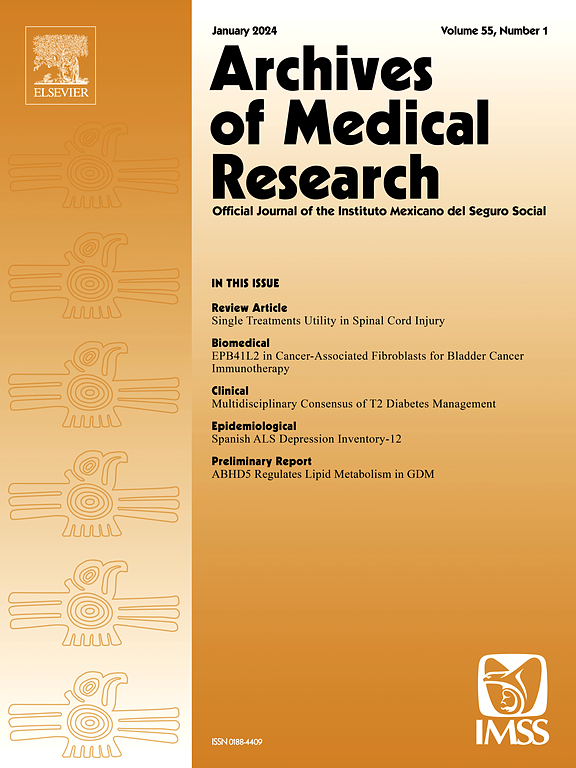Long chain ceramides promote Anxiety-like behavior and microglia activation in female mice
IF 3.4
3区 医学
Q1 MEDICINE, RESEARCH & EXPERIMENTAL
引用次数: 0
Abstract
Background
Long-chain ceramides have been implicated in anxiety-like behavior and in priming microglial activation, suggesting a possible lipid–immune crosstalk in emotional regulation.
Methods
We systemically administered a mixture of C16:0, C18:0, C22:0, C24:0, and C24:1 ceramides to adult male and female mice. Anxiety-like behavior was assessed with behavioral tests. Microglial phenotypes in the cortex, hippocampus, and striatum were evaluated via flow cytometry. Regression models examined associations between behavior and immune markers. In vitro assays assessed phagocytosis, gene expression, mitochondrial potential, and ROS production in microglia after ceramide exposure.
Results
Female, but not male, mice showed anxiety-like behavior after ceramide treatment. CD86+ microglia increased in the cortex, while CD206+ microglia decreased across brain regions. Behavioral scores correlated with CD86+ cells in cortex and CD206+ cells in hippocampus. In vitro, ceramides enhanced phagocytosis and induced NLRP3 and TNF-α expression. Ceramides also reduced mitochondrial potential and increased ROS in microglia.
Conclusions
Ceramide administration was associated with anxiety-like behavior in female mice, along with changes in microglial activation. These effects appear to be associated with mitochondrial dysfunction and oxidative stress, suggesting a lipid–immune interaction that could contribute to anxiety vulnerability.
长链神经酰胺促进雌性小鼠焦虑样行为和小胶质细胞激活
长链神经酰胺与焦虑样行为和启动小胶质细胞激活有关,提示在情绪调节中可能存在脂质-免疫串扰。方法系统给药C16:0、C18:0、C22:0、C24:0、C24:1神经酰胺。焦虑样行为通过行为测试进行评估。通过流式细胞术评估皮质、海马和纹状体的小胶质细胞表型。回归模型检验了行为与免疫标记物之间的关系。体外实验评估了神经酰胺暴露后小胶质细胞的吞噬作用、基因表达、线粒体电位和ROS产生。结果神经酰胺处理后,雌性小鼠表现出焦虑样行为,而雄性小鼠没有。皮层中CD86+小胶质细胞增加,而大脑各区域中CD206+小胶质细胞减少。行为评分与皮层CD86+细胞和海马CD206+细胞相关。在体外,神经酰胺增强吞噬作用,诱导NLRP3和TNF-α的表达。神经酰胺还降低了小胶质细胞的线粒体电位,增加了ROS。结论给药与雌性小鼠的焦虑样行为相关,并伴有小胶质细胞激活的变化。这些影响似乎与线粒体功能障碍和氧化应激有关,表明脂质-免疫相互作用可能导致焦虑易感性。
本文章由计算机程序翻译,如有差异,请以英文原文为准。
求助全文
约1分钟内获得全文
求助全文
来源期刊

Archives of Medical Research
医学-医学:研究与实验
CiteScore
12.50
自引率
0.00%
发文量
84
审稿时长
28 days
期刊介绍:
Archives of Medical Research serves as a platform for publishing original peer-reviewed medical research, aiming to bridge gaps created by medical specialization. The journal covers three main categories - biomedical, clinical, and epidemiological contributions, along with review articles and preliminary communications. With an international scope, it presents the study of diseases from diverse perspectives, offering the medical community original investigations ranging from molecular biology to clinical epidemiology in a single publication.
 求助内容:
求助内容: 应助结果提醒方式:
应助结果提醒方式:


